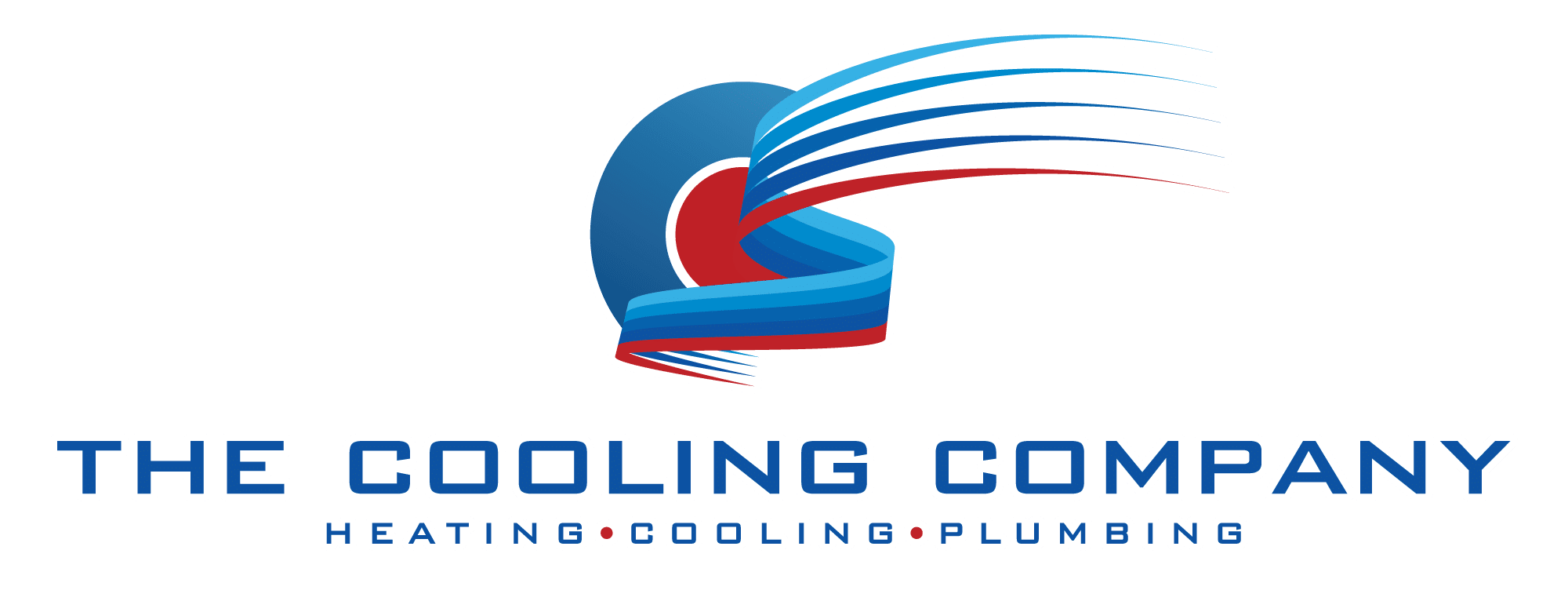In our modern homes, we often seek tips and tricks to better our living situations and boost utility savings. As homeowners, questions often arise regarding various types of insulation and their benefits. One potent way to make a difference in both your utility bills and overall comfort revolves around the correct implementation of home insulation. In fact, the energy efficiency gained from proper insulation, including attic insulation and even window insulation, can indeed elevate the level of comfort in your living spaces.
Heating and cooling typically use between 50 to 70% of the typical American’s annual energy budget. This is why good insulation in your home is so essential. Air leaks and drafts with poor insulation can waste a lot of energy and rack up massive utility costs. With energy being limited in this country, those bills will only get higher in the future. Properly insulating your home enhances efficiency, reduces energy usage, and results in substantial savings on your energy bills.
So how exactly does insulation help? Similar to a sweater that keeps us warm in winters or the cooling effect of a summer hat, home insulation reduces the transfer of heat. This transfer most commonly happens through the windows, doors, and roof of our homes. The energy savings gained by efficient thermal control are notable. In the winter, heat flows from your living area to unheated basements, attics, or outdoors.
During the summer, it moves from the exterior to the interior of your home. Insulation works to slow this exchange, reducing the cooling costs associated with losing heat to the chilly outdoors or gaining heat from the scorching exterior. There is an assortment of products such as blown, rolled, rigid, or foam insulation, each with its distinct r-value, implying its efficiency in resisting heat flow.
Heat is transferred indoors or outdoors in three ways, a fact that impacts your home’s cooling system. The first is conduction, the transfer of heat through the materials of your home like roof, doors, or windows. Insulation, with its low conductivity, retards this process, thereby reducing your utility bills. The thickness and material of the insulation play a critical role in this process.
The second way heat is lost is through convection, that is, the movement of heat through the voids in your walls, attic or basement. The right insulation stops convection entirely, another factor contributing to energy savings. The fact that proper weatherization can prevent this is vital information for homeowners living in any climate, hot or cold. The third reason heat travels is through radiation, effectively curtailed by reflective insulation, which acts as a radiant heat barrier but can also seal off drafts in walls and floors.
What does this mean for your house? Besides using less energy and saving money, adequate insulation also makes your homes more comfortable. Regulated by your carefully set thermostat, your heating and cooling systems will maintain constant temperatures throughout the living areas. With a barrier between your walls, ceilings, floors, and the outdoor air, they will stay cooler in the summer and warmer in the winter. The experts at The Cooling Company suggest that a well-insulated home means your HVAC system will work less and last longer because it won’t be under so much pressure to maintain the right temperature, significantly reducing your utility costs.



